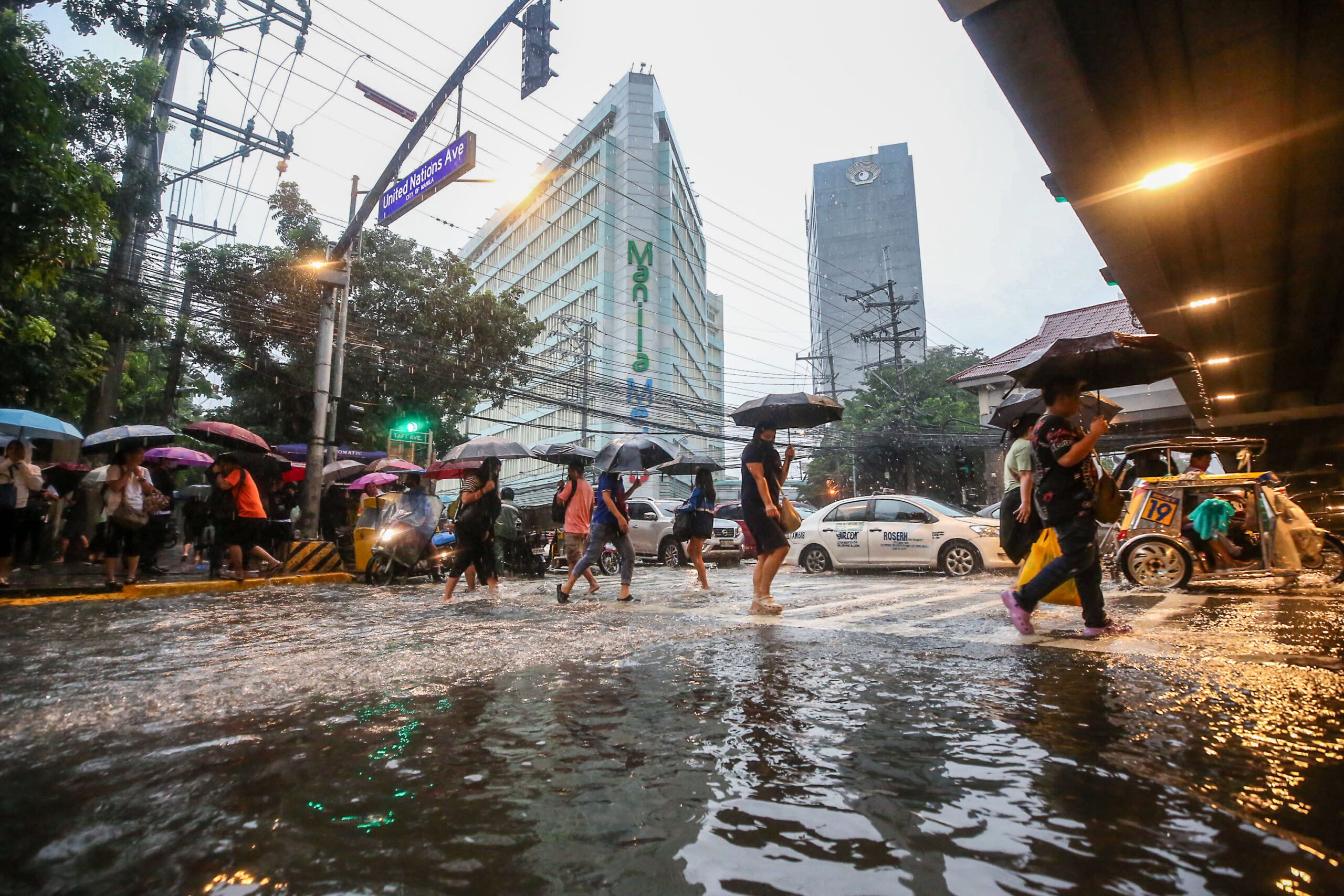SUMMARY
This is AI generated summarization, which may have errors. For context, always refer to the full article.

MANILA, Philippines – There is now a 70% chance of La Niña occurring in the August-October period, prompting the weather bureau to raise its warning status from La Niña Watch to La Niña Alert.
The Philippine Atmospheric, Geophysical, and Astronomical Services Administration (PAGASA) had raised La Niña Watch in early March, informing the public months in advance that the phenomenon might occur. At the time, there was a 55% chance.
PAGASA Administrator Nathaniel Servando said in a statement on Friday, July 12, that recent monitoring and analyses “show further cooling of the sea surface temperatures (SSTs) across the central and eastern equatorial Pacific (CEEP).”
“La Niña is characterized by unusually cooler than average SSTs at the CEEP,” the chief of the weather bureau explained.
If La Niña begins in August, September, or October, it could persist until the first quarter of 2025.
For the Philippines, La Niña is expected to trigger more rain and possibly more tropical cyclones.
“The country may experience a higher chance of increased convective activity and tropical cyclone occurrence which may bring above-normal rainfall over some parts of the country in the coming months,” Servando warned.
PAGASA advised the public to prepare for floods and landslides, especially those in vulnerable or hazard-prone areas.
For now, conditions in the tropical Pacific remain at ENSO-neutral levels. ENSO refers to El Niño Southern Oscillation, which has three phases: El Niño, La Niña, and neutral.
In early June, PAGASA had announced that El Niño was over. The 2023-2024 El Niño episode caused droughts in parts of the Philippines and agricultural losses worth billions of pesos. – Rappler.com
Add a comment
How does this make you feel?






There are no comments yet. Add your comment to start the conversation.